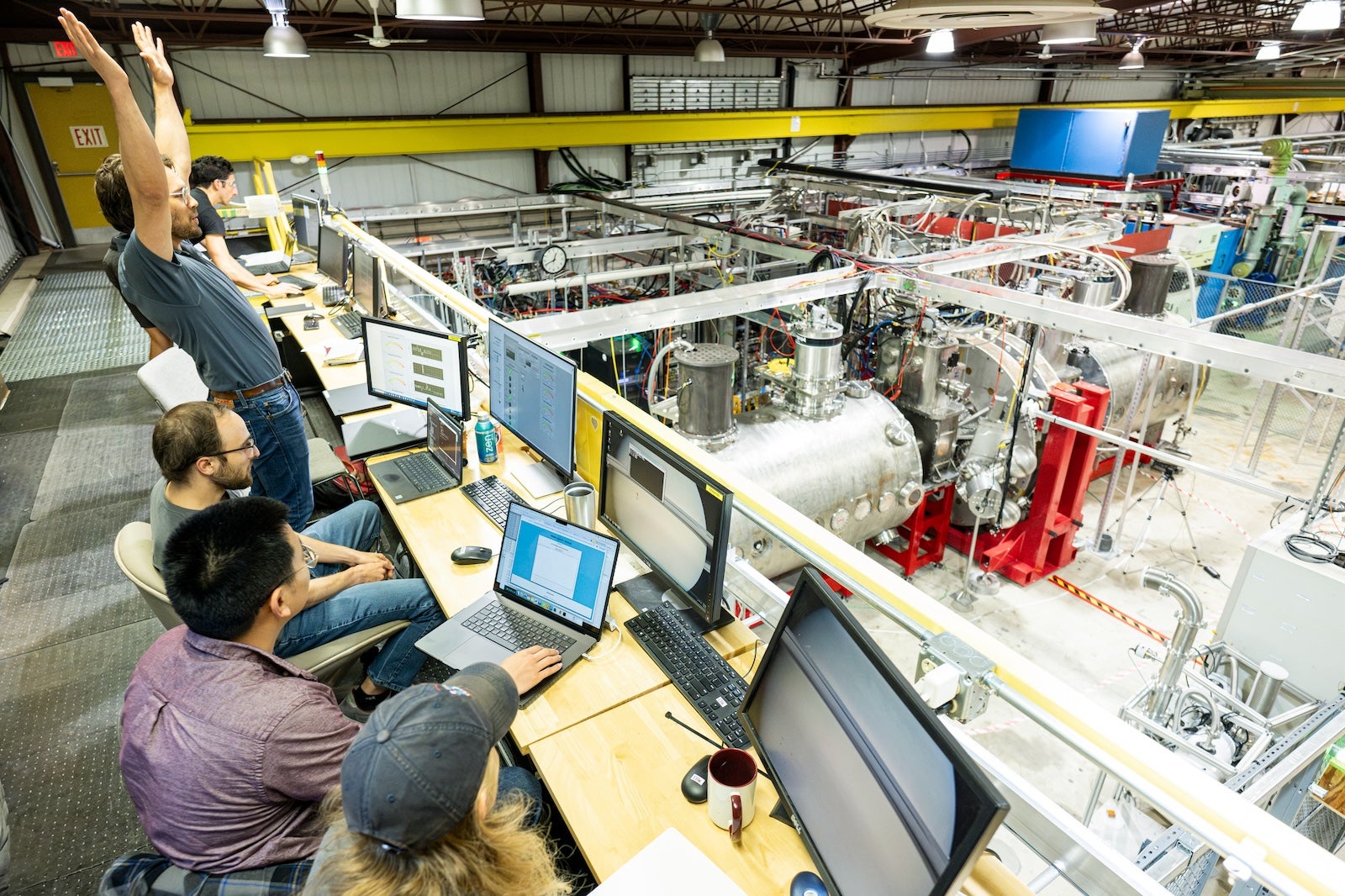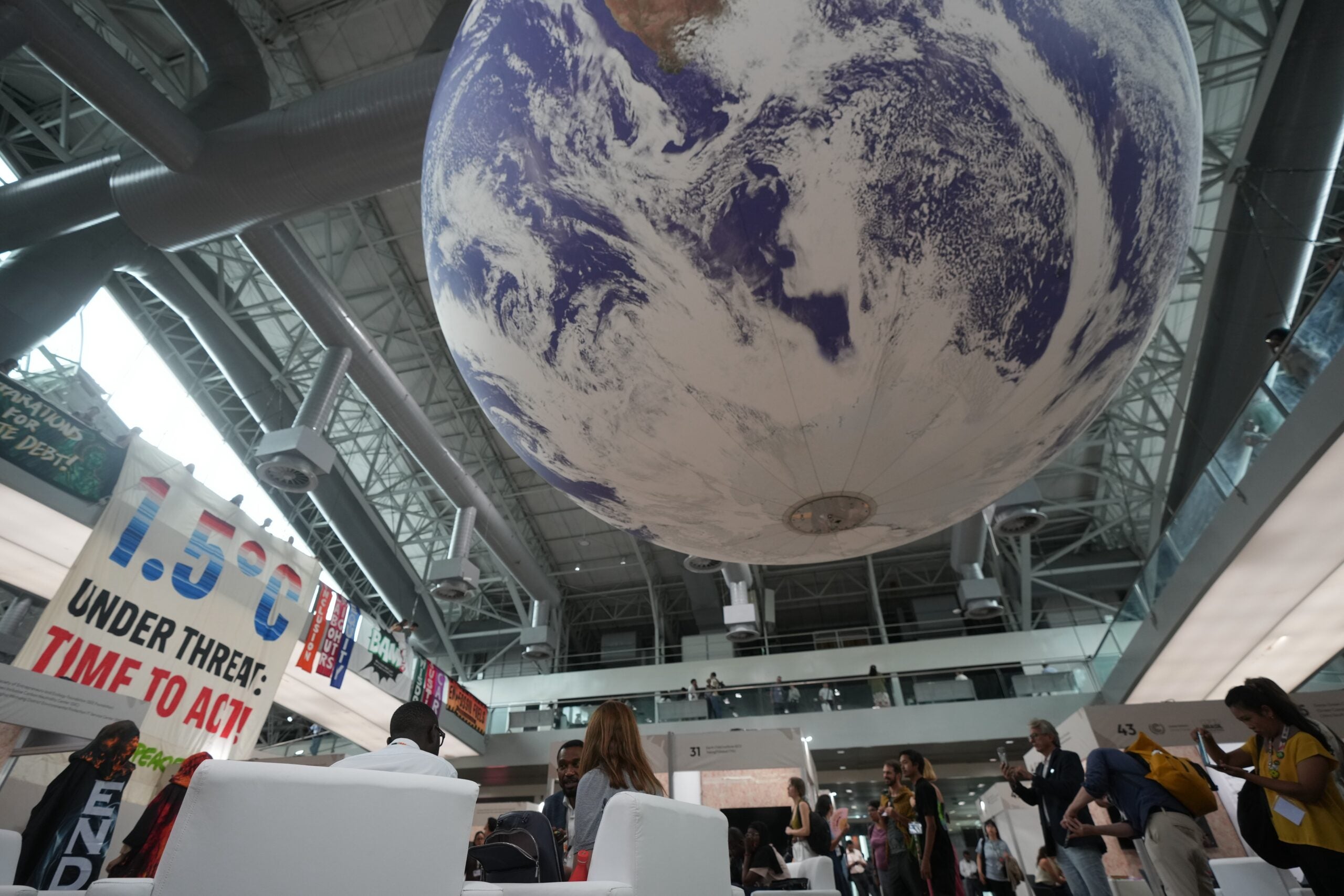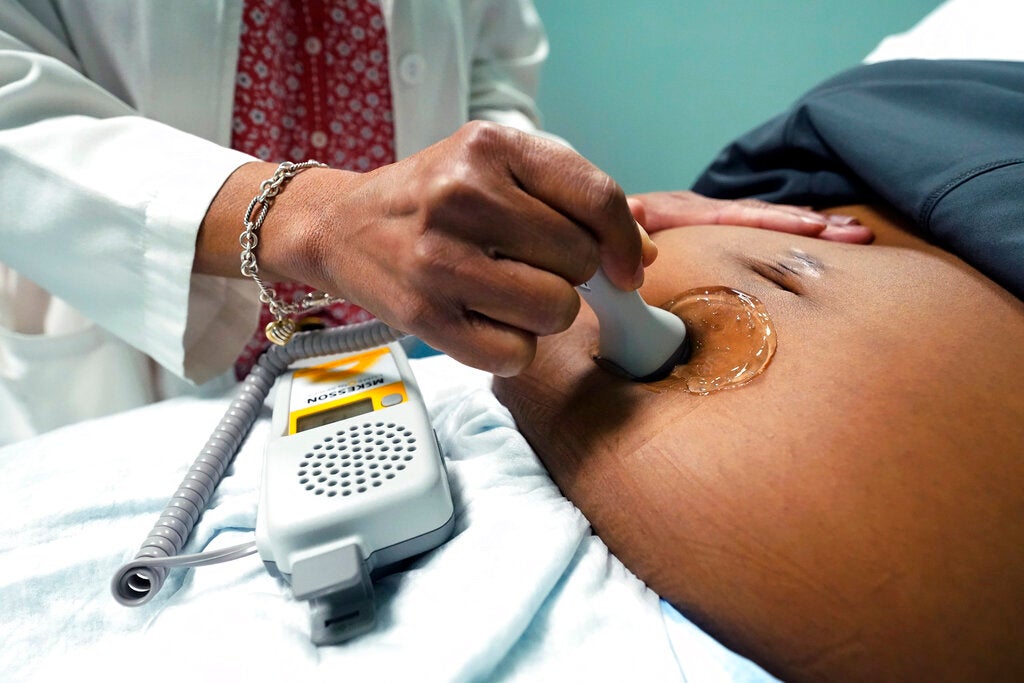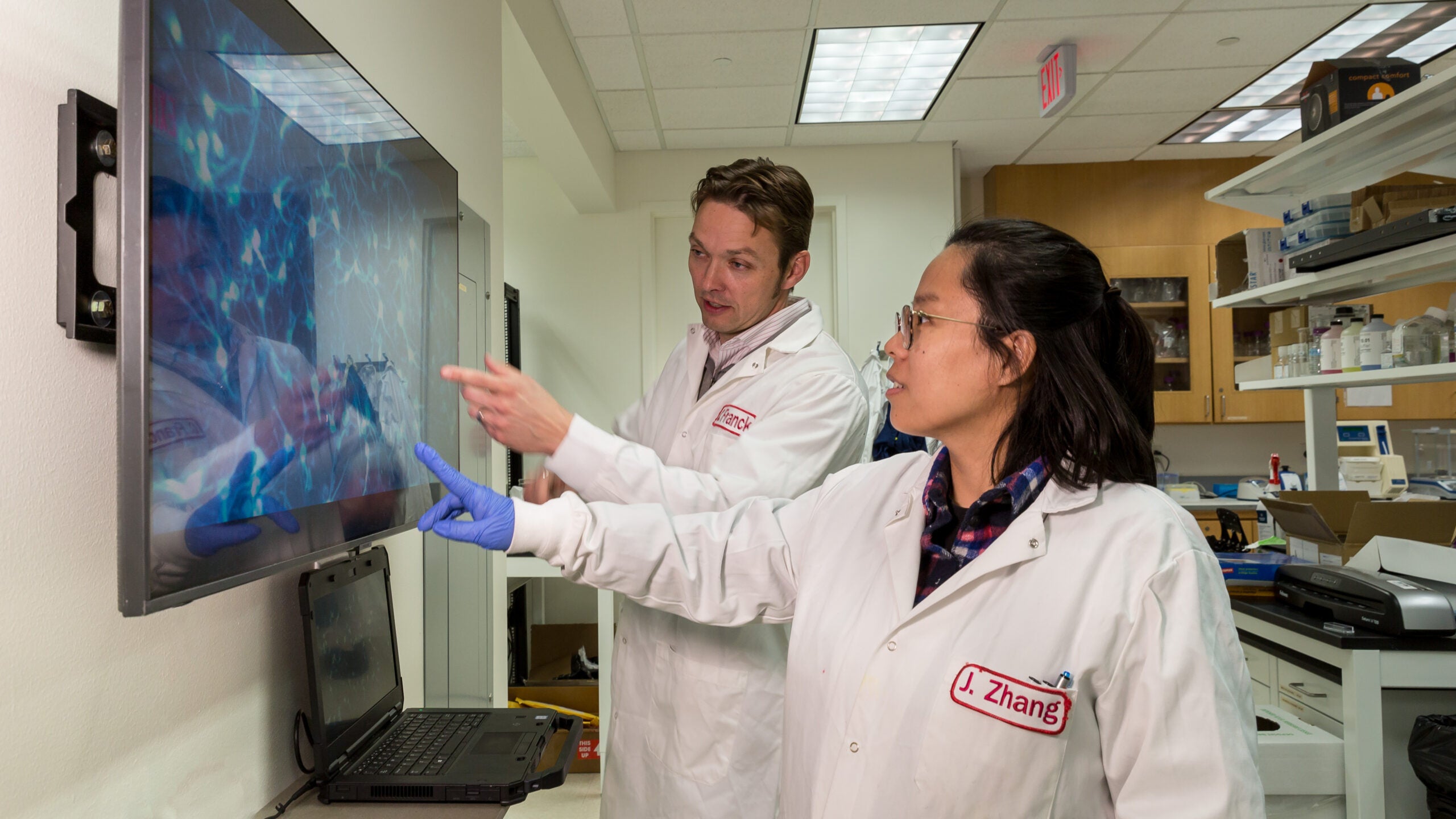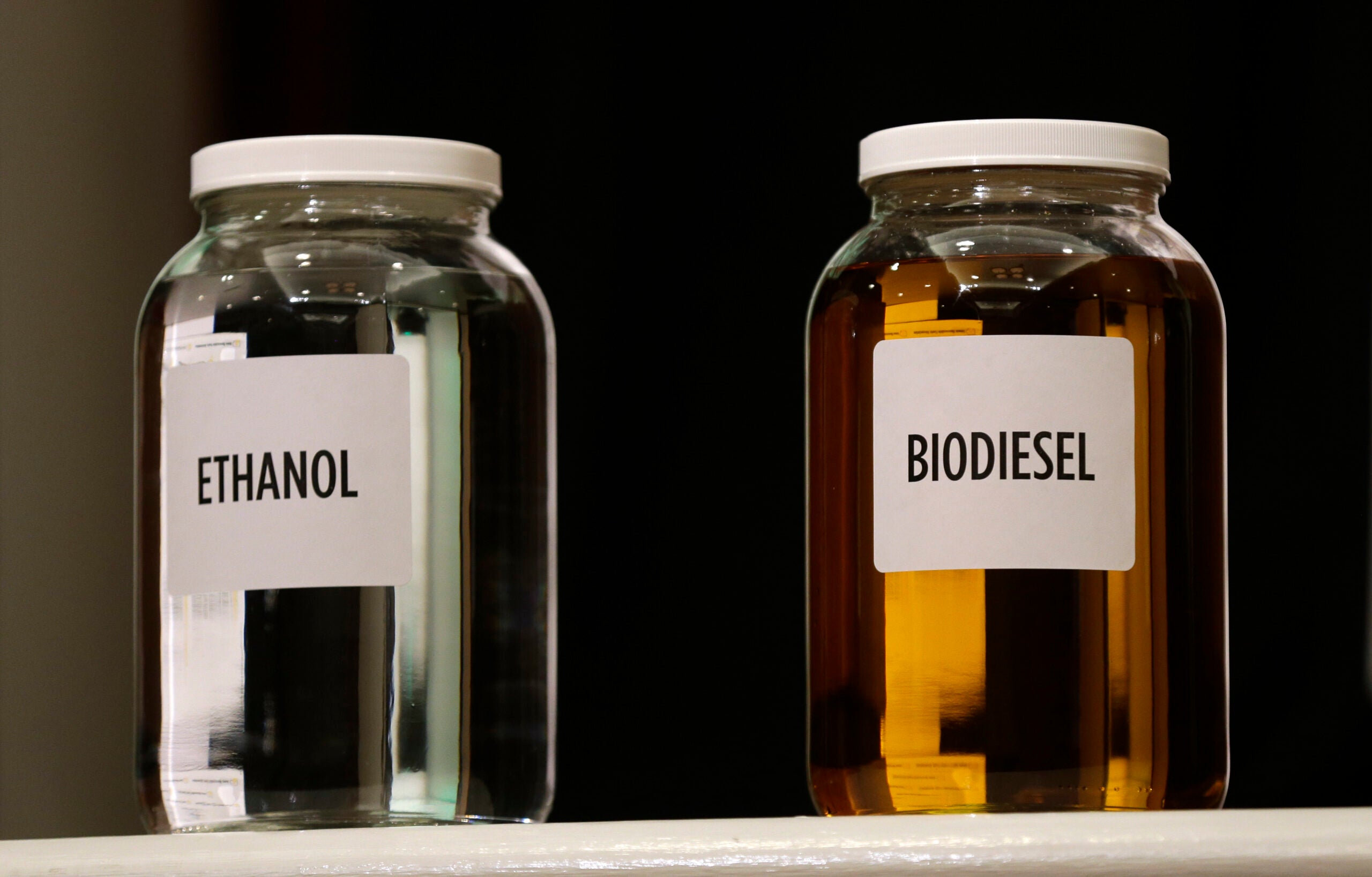For the first time, a fusion device at the University of Wisconsin in Madison has generated plasma, inching one step closer toward using nuclear fusion as a a new source of carbon-free energy.
The university’s physicists and engineers have been building and testing the device at a lab in Stoughton for the last four years, which is referred to as the Wisconsin HTS Axisymmetric Mirror or WHAM. The magnetic mirror device became operational on July 15.
Researchers worldwide have been working for decades to harness energy from nuclear fusion reactions that power the sun and the stars. That reaction relies on heated plasma, which is a gas of hot ions and free-moving electrons.
News with a little more humanity
WPR’s “Wisconsin Today” newsletter keeps you connected to the state you love without feeling overwhelmed. No paywall. No agenda. No corporate filter.
Cary Forest, a UW-Madison physics professor, said generating plasma is an exciting step.
Until now, nuclear power has come from fission reactors that split atoms. Fusion reactors would join atoms together.
Unlike current nuclear plants, Forest said fusion would not produce radioactive waste, adding it’s also safer.
Forest said the university lab’s success in generating plasma is an important development toward harnessing fusion as a new carbon-free energy source to combat climate change.
“In addition to wind and solar, we’re going to need these hard, intense, always-on systems for making things and heating houses in the dead of winter,” Forest said. “There really isn’t an alternative to either this or something like nuclear fission if we really want to get rid of carbon in our energy supply. It’s fission or fusion.”
Forest said the WHAM device is almost like a small MRI machine with very high magnetic fields at each end.
“It’s cylindrical, and in the middle where your body might go in an MRI machine is where the plasma is formed,” Forest said.
The magnetic mirror device was developed in a partnership between UW-Madison, the Massachusetts Institute of Technology and Massachusetts-based company Commonwealth Fusion Systems.
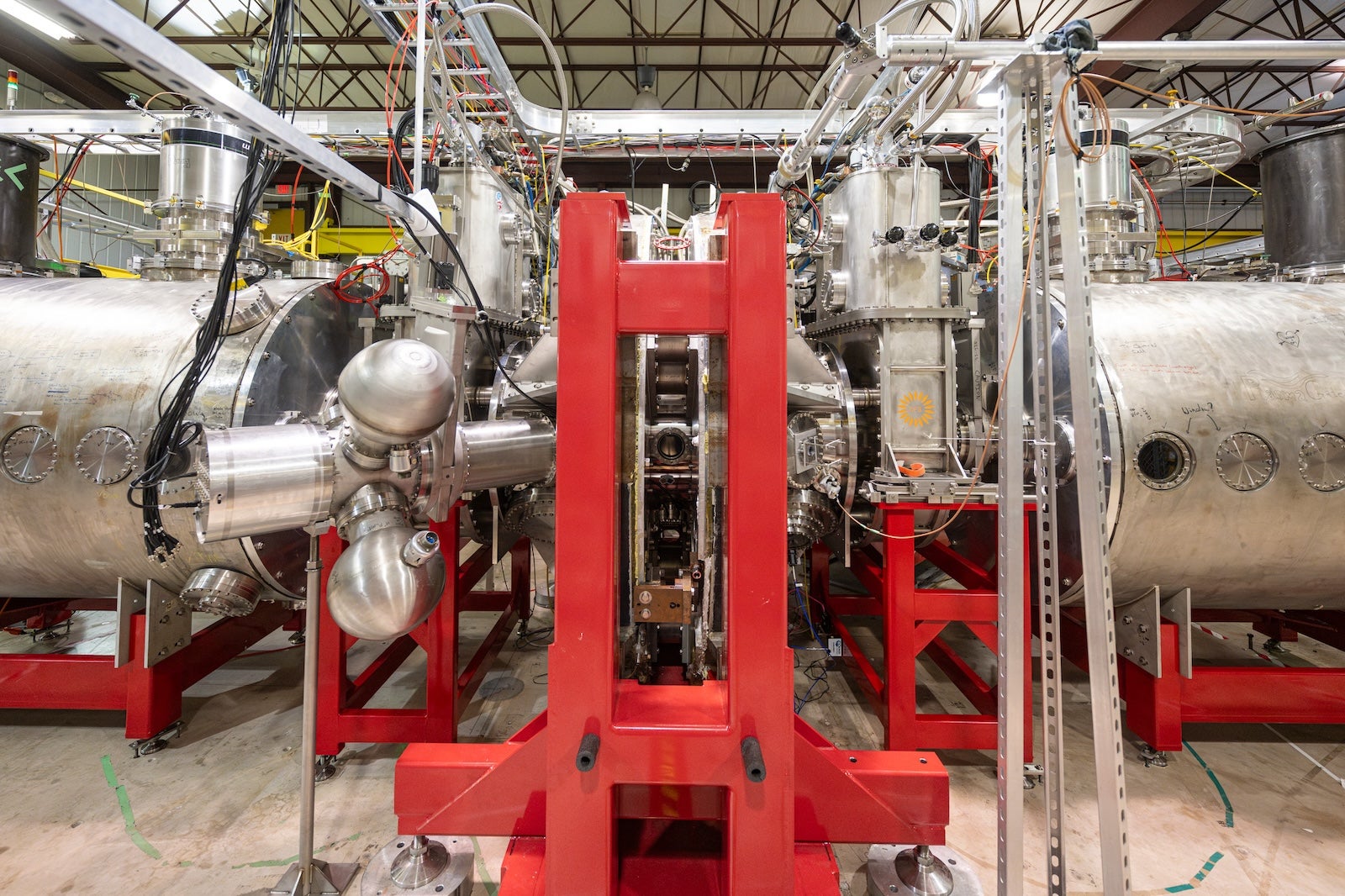
Bob Mumgaard, CEO of Commonwealth Fusion Systems, said the project aims to develop the next generation of plasma machines with the hope of eventually generating power from nuclear fusion. The company developed the magnet technology that was used in the WHAM device at UW-Madison.
It was built using high-temperature superconductor magnets that create a very high-strength magnetic field. Those magnets provide really good thermal insulation that helps hold the plasma in place.
“The higher the magnetic field, the better the insulation,” Mumgaard said. “If you can make a magnetic field that’s stronger, then you can make a plasma that is more insulated. If it’s more insulated, it’s closer to fusion conditions. It can get hotter and use less power to keep it hot.”
It’s a challenging task because of the extremely high temperatures and pressures required that are difficult to sustain.
Forest said the next step would be creating conditions in the lab that would be needed in a fusion reactor, with the ultimate goal of building a commercial plant. In order to do that, Mumgaard said temperatures would need to reach up to hundreds of millions of degrees, which is hotter than the sun. He said UW-Madison’s experiment hasn’t gotten there yet.
“They haven’t yet gotten to fusion reactions yet, but they’re on their way. This is the first plasma, so it’s sort of like the first time you turn a car on,” Mumgaard said. “You haven’t raced it, but you’ve turned it on and shown that it all can work together.”
Physics expert says UW-Madison marks ‘fantastic achievement’
UW-Madison’s experiment is a “fantastic achievement,” according to Luis Delgado-Aparicio. He’s head of the advanced projects department at the Princeton Plasma Physics Lab, a national lab with the U.S. Department of Energy.
He said the experiment revives the magnetic mirror concept that he said was abandoned about 40 years ago due to high losses. Researchers say it requires incredible engineering because the magnets are prone to destroying themselves.
“It is an achievement in many ways for the university, for the private sector, and for reviving a concept that is extremely interesting to see how we confine plasma, how we heat plasma and how we maybe get fusion energy for mankind in the future.”
Now, the WHAM device will operate as a public-private partnership between UW-Madison and the startup company Realta Fusion Inc. Forest, a co-founder of Realta, said the company was formed two years ago to compete for federal funding that reimburses the costs of fusion research. The project has received $10 million in grants from the Department of Energy.
“We imagine building power plants that are comparable to big gas-fired or coal power plants in the several hundred megawatts to gigawatt scale,” Forest said. “These systems would be on all the time, so there’s no rolling blackouts associated with lack of wind or lack of sun.”
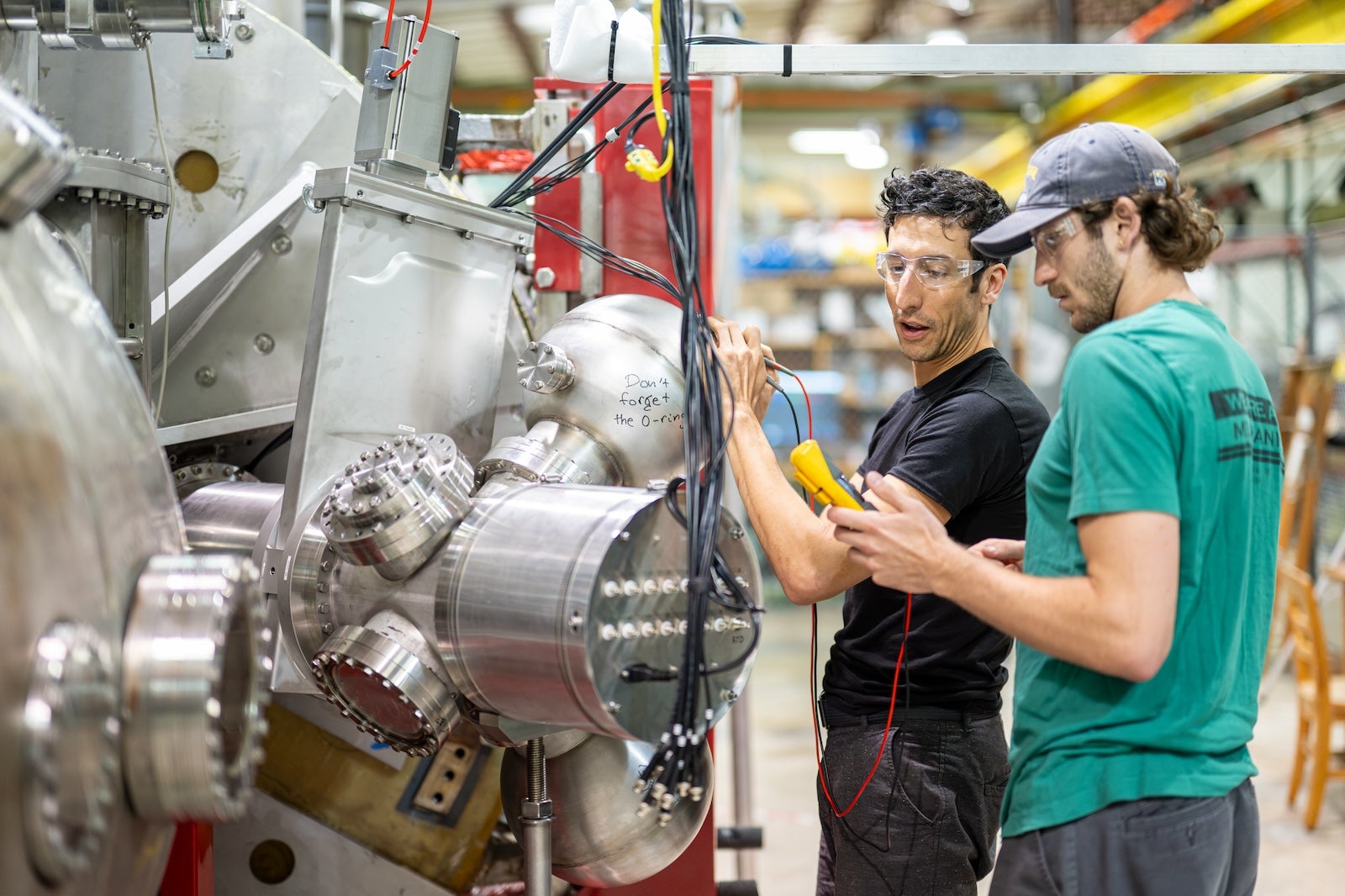
However, he said it’s unclear whether fusion energy could become cheap enough to compete with other fuel sources.
Even so, he said there’s abundant fuel sources for fusion energy. That includes deuterium in seawater and lithium, which is used in batteries. The two are used to create tritium, a form of hydrogen that’s radioactive.
Fusion takes place when the heated plasma of deuterium and tritium ions is magnetically moved at rapid speeds in a reactor. The process releases energy that’s captured as heat, which could be used to heat homes or converted to electricity.
Delgado-Aparicio said physicists and engineers are in a race to try to confine thermonuclear plasmas for production of electric energy. The work at his lab is focusing on creating fusion inside doughnut-shaped machines known as tokamaks. The machines also use magnets to hold plasma in place and insulate it so that it gets hot enough for a fusion reaction to occur.
He said one of the biggest challenges is sustaining that power for a long period of time.
“You want to develop something that is going to give you power constantly,” Delgado-Aparicio said. “Nowadays, the machines that we have sort of operate within fractions of a second to seconds to maybe minutes.”
He said more than 40 companies are investing billions of dollars in the development of fusion energy, calling it the “holy grail of energy production” for the world. With the new magnet technology, physicists and engineers hope they can build fusion power plants within the next 10 to 15 years.
“We need the support of the public, of the private sector and also of the government in order to do that,” Delgado-Aparicio said.
Once they have a machine up and running, Forest said he thinks Realta could start construction of a fusion power plant in about 10 years under ideal conditions with unlimited funding and resources.
“It’s hard for me to think that there hasn’t been a more exciting moment in for science for me,” Forest said. “This is pretty cool.”
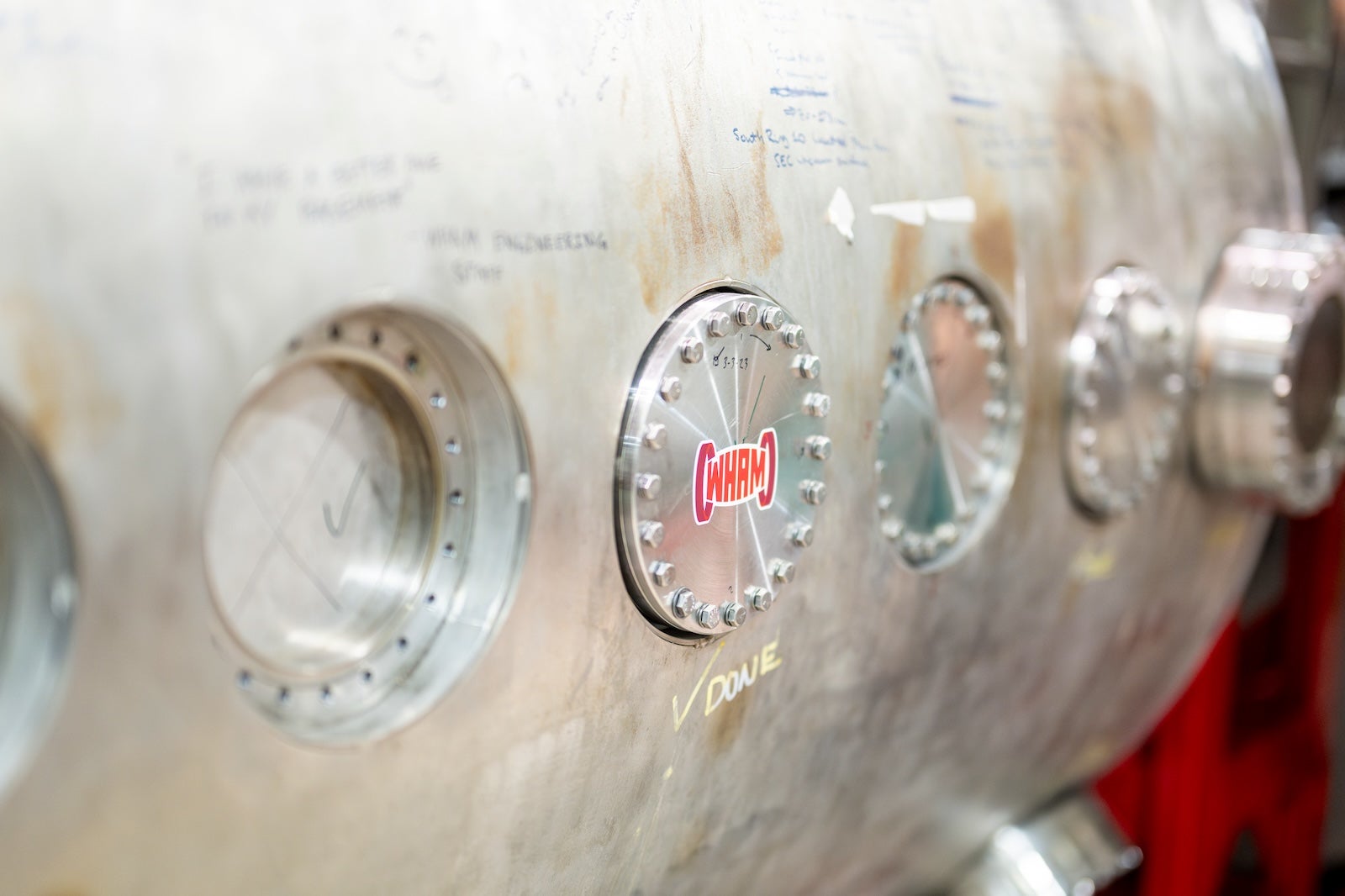
Wisconsin Public Radio, © Copyright 2025, Board of Regents of the University of Wisconsin System and Wisconsin Educational Communications Board.

